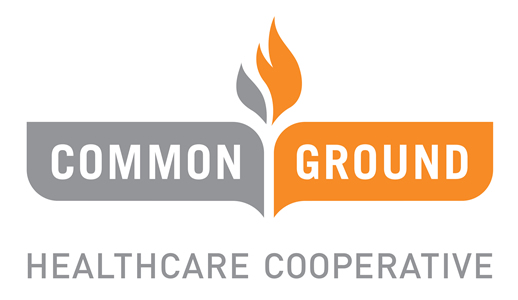
05 Dec A Simplified Guide to High and Low Deductibles
Choosing between a high deductible health plan (HDHP) and a low deductible health plan isn’t easy. Both options have their perks, and understanding the benefits of each can help you make an informed choice that aligns with your healthcare needs and financial situation.
In this post, we’ll untangle the differences between both types of plans and hopefully give you the information you need to purchase the most appropriate policy that fits your needs.
First, what is a Deductible?
A deductible refers to the initial amount an individual is responsible for paying out-of-pocket for covered services before their insurance plan starts sharing the costs. Once the deductible amount is met, your coinsurance kicks in and you pay a percentage, and your insurance plan pays a percentage.
It’s important to note that under the Affordable Care Act (ACA): preventive care services, when received from in-network providers, are covered at 100%, regardless of whether the deductible has been met or not.
What’s the difference between a High-Deductible and a Low-Deductible health plan?
Choosing between these plans often involves a trade-off between monthly premium expenses (fixed costs) and out-of-pocket costs (variable costs) for health care services.
High Deductible Health Plans (HDHP)
High Deductible Health Plans typically offer lower monthly premiums, which means you save money each month.
Also, HDHPs can be paired with a Health Savings Account (HSA). HSAs offer tax advantages, allowing individuals to contribute pre-tax dollars to cover qualified medical expenses. Learn more here.
But there’s a catch with HDHPs – the deductible, which is the amount you pay before your insurance starts helping out, can be high. So, if you don’t visit the doctor often, it might save you money. But if you need lots of medical care, you could end up paying a lot before the insurance starts covering things.
Low deductible Health Plans
Low deductible health plans, on the other hand, often have higher monthly premiums but quicker access to insurance coverage. Since the deductible is lower, insurance benefits kick in sooner, reducing the financial burden during unexpected health emergencies or illnesses.
Low deductible plans can benefit individuals who expect to need regular medical care or have chronic health conditions.
The trade-off for lower out-of-pocket costs is the higher monthly premiums. This can add up significantly over time, especially for individuals who may not use healthcare services frequently.
The Bottom Line
Deciding between the two depends on your health and how often you think you’ll need medical care. If you’re generally healthy and want to save money each month, an HDHP with an HSA might be great for you. But if you know you’ll be seeing the doctor often, a low deductible plan might be a better choice, even if you pay more each month.
It’s smart to think about how often you visit the doctor and how much you can afford each month before deciding. And talking to an expert might help you figure out which plan fits you best.
We’d love to help you with your health insurance needs. Call us today at 262-800-9060 or email us at sales@commongroundhealthcare.org for more information.
Back to blog.


